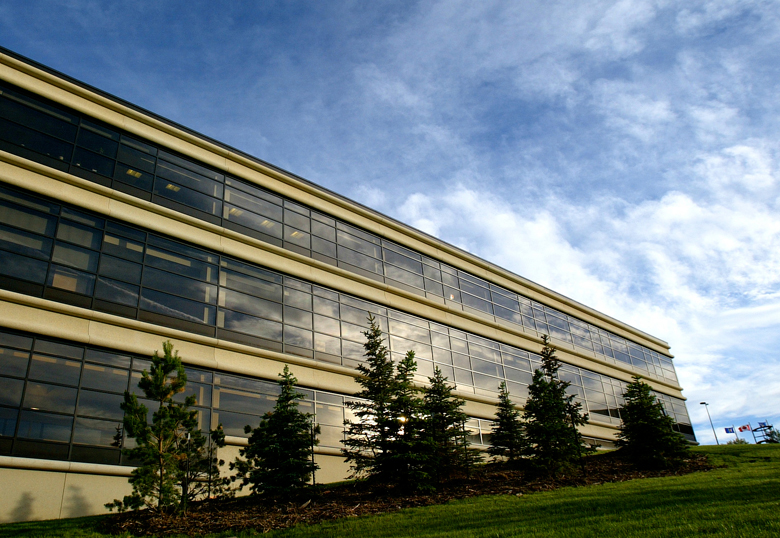With more than double the applicants for available spaces, the University of Lethbridge’s Engineering Transfer program is getting the stamp of approval from students looking to become engineers.

Relaunched earlier this month after a two-year hiatus, the one-year program has been through a quality assurance review, enlisted an advisory committee of industry professionals and modified its curriculum to better align itself with the province’s premier engineering program at the University of Alberta.
“It’s been hugely successful,” says Faculty of Arts & Science Dean Dr. Craig Cooper. “We’re just in the midst of establishing an advisory committee now, we’ve got new scholarships coming in to support the program and we’ve got the U of A on board in regards to having our students transfer into their second year engineering program.”
The program had run successfully for 30 years but was in need of modification to bring it more in step with how both industry and the U of A program had evolved. External reviewers from Thompson Rivers University and the University of Saskatchewan conducted the quality assurance review and modifications, including the introduction of new courses, were recommended.
“We’ve restructured the math requirements to better align with what the U of A was expecting,” says Cooper. “We’ve also introduced a couple of professional engineering courses, where we will bring in industry members who will be able to introduce students to the profession on a variety of levels.”
An initial cohort of 40 students will begin study in the Fall 2015 semester and Cooper says plans are to continue growing the program over the next few years. A student must post a minimum 2.50 GPA to be eligible to then transfer into an engineering program.
“We are in discussions with the University of Saskatchewan to set up an arrangement similar to the transfer agreement we have with the U of A, which could create a second stream of students tailored for their program,” adds Cooper.
While some students choose to enter directly into an engineering program, many prefer to attend a smaller school in their first year. For Mark Bellamy, Senior Principal at Stantec Consulting Ltd., the Engineering Transfer program set him up for success at the U of A.
“Personally, the experience and knowledge gained at the U of L provided the foundation for my engineering education and career,” says Bellamy, who went through the program in 1984 and is now a member of the advisory board and sponsor of a scholarship.
“This program adds another pathway for students, allowing some to stay home for a year and others who are maybe coming to post-secondary school from a smaller community, the chance to make a smoother transition to the rigors of an engineering program,” says Cooper. “Here, students are looking at class sizes ranging from 40 to 80 students, whereas at the U of A, they may be looking at classes upwards of 300 and 400 students in first year.”
